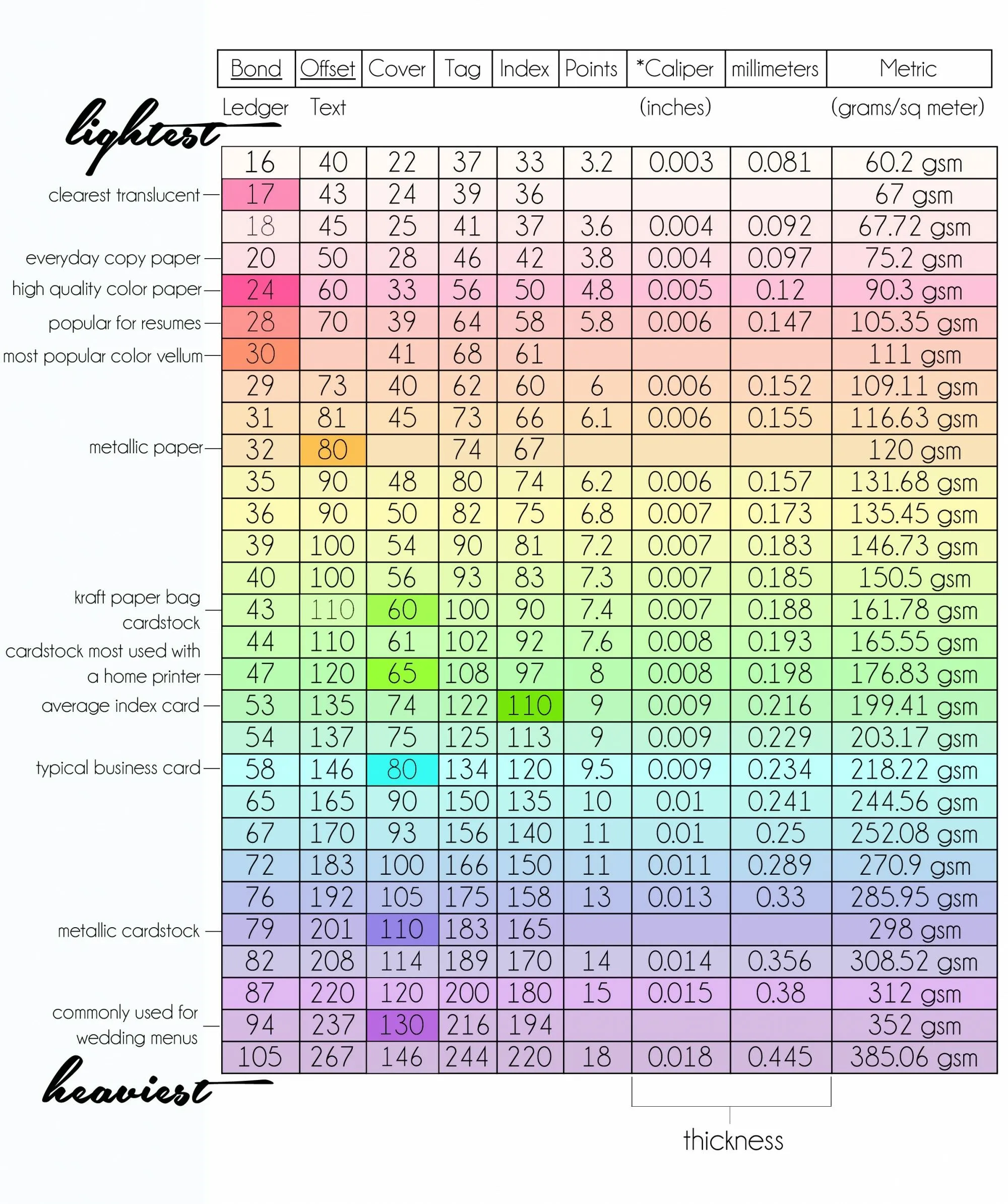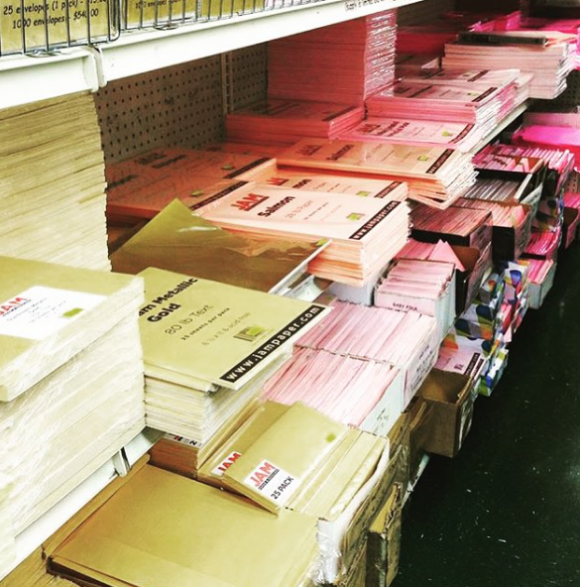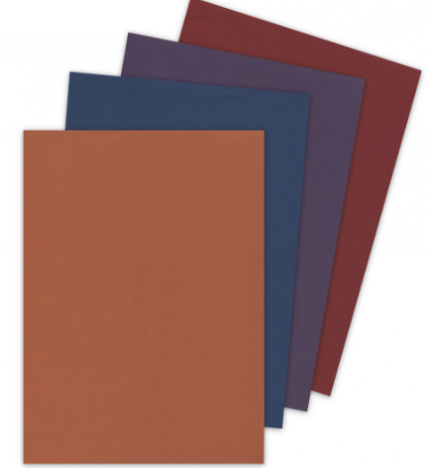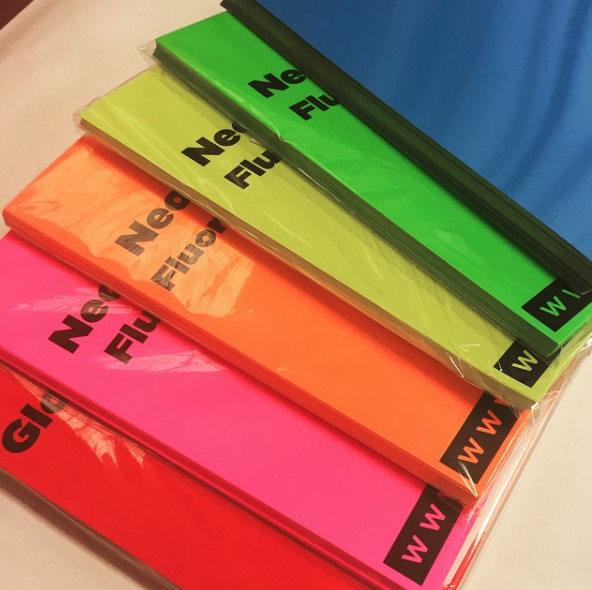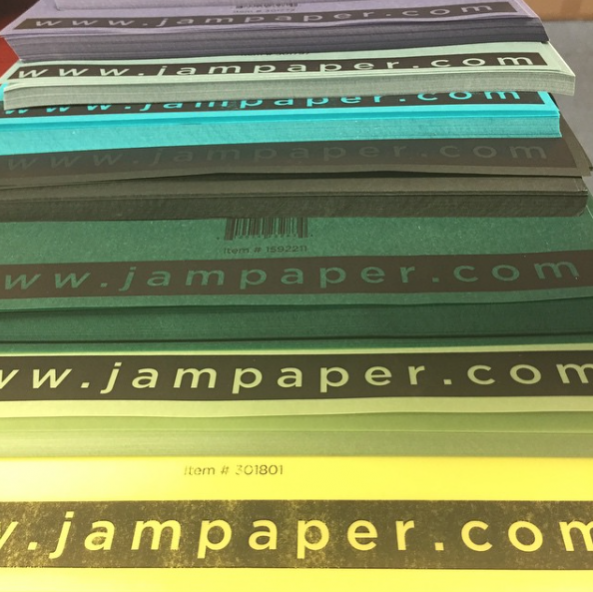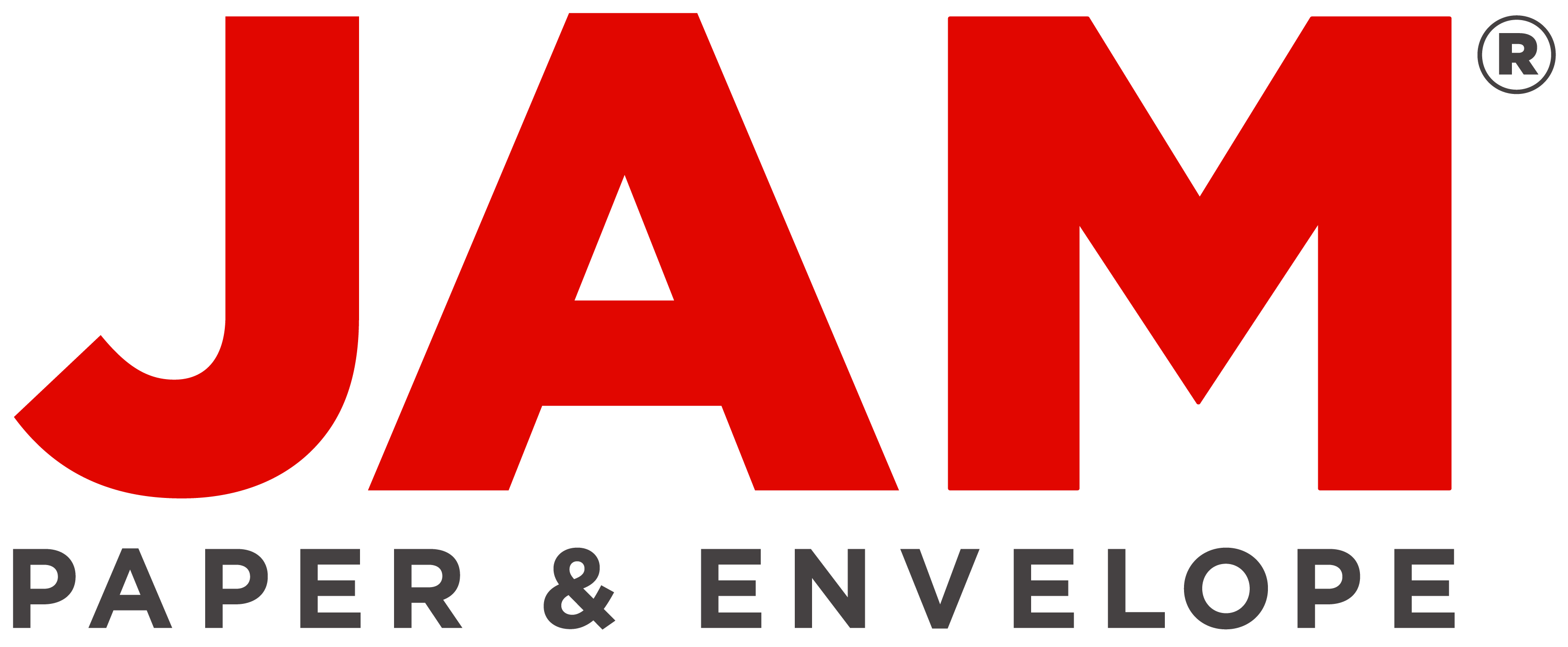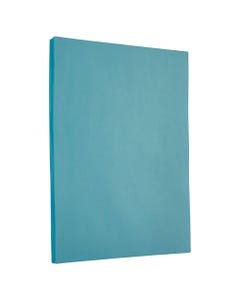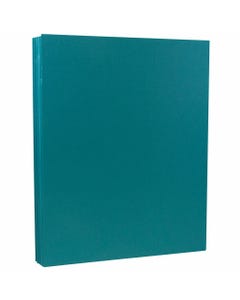Paper Weight Guide
Key Summary:
- This article will provide a comprehensive guide to understanding paper weight, including the different types of paper weight and how it affects printing projects.
- Key findings will cover definitions of paper weight, types of paper weight, how it affects printing projects, choosing the right paper weight, and real-world use cases.
- Readers will gain valuable insights on selecting the appropriate paper weight for their printing projects.
Paper weight is a crucial factor to consider when working on printing projects, as it can greatly impact the final result. Understanding the different types of paper weight and how they affect printing projects is essential for achieving the desired outcome. In this article, we will delve into the definitions of paper weight, explore the various types of paper weight such as GSM, basis weight, and points, discuss how paper weight can influence the quality and appearance of printed materials, provide tips on choosing the right paper weight for different projects, and showcase real-world examples to demonstrate the importance of selecting the appropriate paper weight.
What is Paper Weight?
Paper weight refers to the thickness and heaviness of a sheet of paper. It is typically measured in pounds (lb) or grams per square meter (GSM). The weight of paper can impact its durability, texture, and overall quality. Understanding paper weight is important for selecting the right type of paper for printing projects.
Measurement of Paper Weight
Paper weight is measured by weighing a ream (500 sheets) of a specific paper size. The weight is then calculated based on the size of the paper. For example, a ream of 24lb paper in letter size (8.5 x 11 inches) weighs 24 pounds.
Importance of Paper Weight
The weight of paper can affect how it feels, looks, and performs in printing projects. Heavier paper is often perceived as higher quality and more durable, while lighter paper may be more cost-effective for certain projects. Understanding paper weight can help you choose the right paper for your specific needs.
Different Types of Paper Weight
There are several ways to measure and categorize paper weight, including GSM, basis weight, and points. Each type of measurement provides different information about the thickness and heaviness of the paper.
GSM (Grams per Square Meter)
GSM is a metric measurement that indicates the weight of paper in grams per square meter. Higher GSM values indicate thicker and heavier paper, while lower GSM values indicate lighter paper. GSM is commonly used in Europe and other parts of the world.
Basis Weight
Basis weight is the weight of a ream of paper in pounds (lb) based on a standard sheet size. For example, the basis weight of a ream of letter-size paper is determined by weighing 500 sheets of that size. Basis weight is commonly used in the United States.
Who Should Consider Paper Weight?
Understanding paper weight is essential for individuals and businesses involved in printing projects, including:
- Graphic designers
- Printers
- Marketing professionals
- Artists
- Students
When to Utilize Paper Weight Information
Knowing about paper weight is crucial when:
- Choosing paper for brochures, flyers, and business cards
- Deciding on paper for invitations and greeting cards
- Selecting paper for posters and banners
- Printing photographs or art prints
- Creating packaging materials
Examples of Paper Weight in Practical Use
Real-world scenarios where paper weight plays a significant role include:
Brochures and Flyers
- For professional-looking brochures, opt for a heavier paper weight to convey quality and durability.
- Lighter paper weight is suitable for flyers that need to be distributed in bulk.
- Consider the design elements and intended use when selecting the paper weight for brochures and flyers.
Invitations and Greeting Cards
- Thicker paper weight is ideal for invitations and greeting cards to give a luxurious feel.
- Embossing and other special printing techniques may require specific paper weights for optimal results.
- Choose a paper weight that complements the design and theme of the event for invitations and greeting cards.
Posters and Banners
- Large-format posters and banners benefit from heavier paper weight to prevent tearing and ensure longevity.
- Consider the display environment and mounting options when selecting the paper weight for posters and banners.
- Lightweight paper may be suitable for temporary or disposable posters and banners.
What Sets Our Paper Weight Guide Apart?
Our paper weight guide stands out from the rest due to its comprehensive coverage of the topic. We not only define paper weight and discuss its various types but also delve into how it affects printing projects and provide practical tips for choosing the right paper weight. Additionally, our guide includes real-world use cases and examples to help readers understand the importance of selecting the appropriate paper weight for their specific needs.
Expert Insights
Our guide is written by industry experts with years of experience in printing and design. Their insights and knowledge ensure that readers receive accurate and valuable information on paper weight and its impact on printing projects.
Interactive Tools
For a more hands-on experience, our guide offers interactive tools and resources to help readers determine the best paper weight for their projects. These tools make it easy to understand the concepts discussed in the guide and apply them to real-world scenarios.
Applications of Paper Weight Knowledge
Understanding paper weight is essential for a wide range of individuals and businesses involved in printing projects. Whether you are a graphic designer, printer, marketing professional, artist, or student, knowing how paper weight affects the final result is crucial for achieving the desired outcome.
Graphic Designers
Graphic designers rely on paper weight knowledge to select the right paper for their designs, ensuring that the final printed materials meet their quality standards. Understanding how paper weight affects color reproduction, texture, and durability is key for creating visually appealing designs.
Marketing Professionals
Marketing professionals use paper weight information to enhance the impact of their printed materials, such as brochures, flyers, and business cards. Choosing the appropriate paper weight can help convey the desired message and brand image to target audiences effectively.
Maximizing Your Printing Projects with Paper Weight
To get the most out of your printing projects, consider the following tips for selecting the right paper weight:
Consider the Project Type
When choosing paper weight, consider the type of project you are working on. For example, brochures and flyers may require different paper weights than invitations and greeting cards. Tailoring the paper weight to the project type can enhance the overall look and feel of the printed materials.
Experiment with Samples
If you are unsure about the best paper weight for your project, consider ordering samples from paper suppliers. Testing different paper weights with your designs can help you determine which option works best for achieving the desired result.
Consult with Printing Experts
Don't hesitate to seek advice from printing experts or paper suppliers when selecting the right paper weight. They can provide valuable insights and recommendations based on their experience and expertise in the industry.
Final Impressions:
Understanding paper weight is crucial for achieving the desired quality and appearance in printing projects. By grasping the different types of paper weight, how it affects printing projects, and tips for choosing the right paper weight, individuals and businesses can make informed decisions to enhance their printed materials. Real-world examples further illustrate the impact of paper weight on various projects, emphasizing the importance of selecting the appropriate paper weight for each specific need. By considering paper weight in their printing endeavors, individuals can elevate the overall outcome of their projects and create visually appealing and professional materials.
